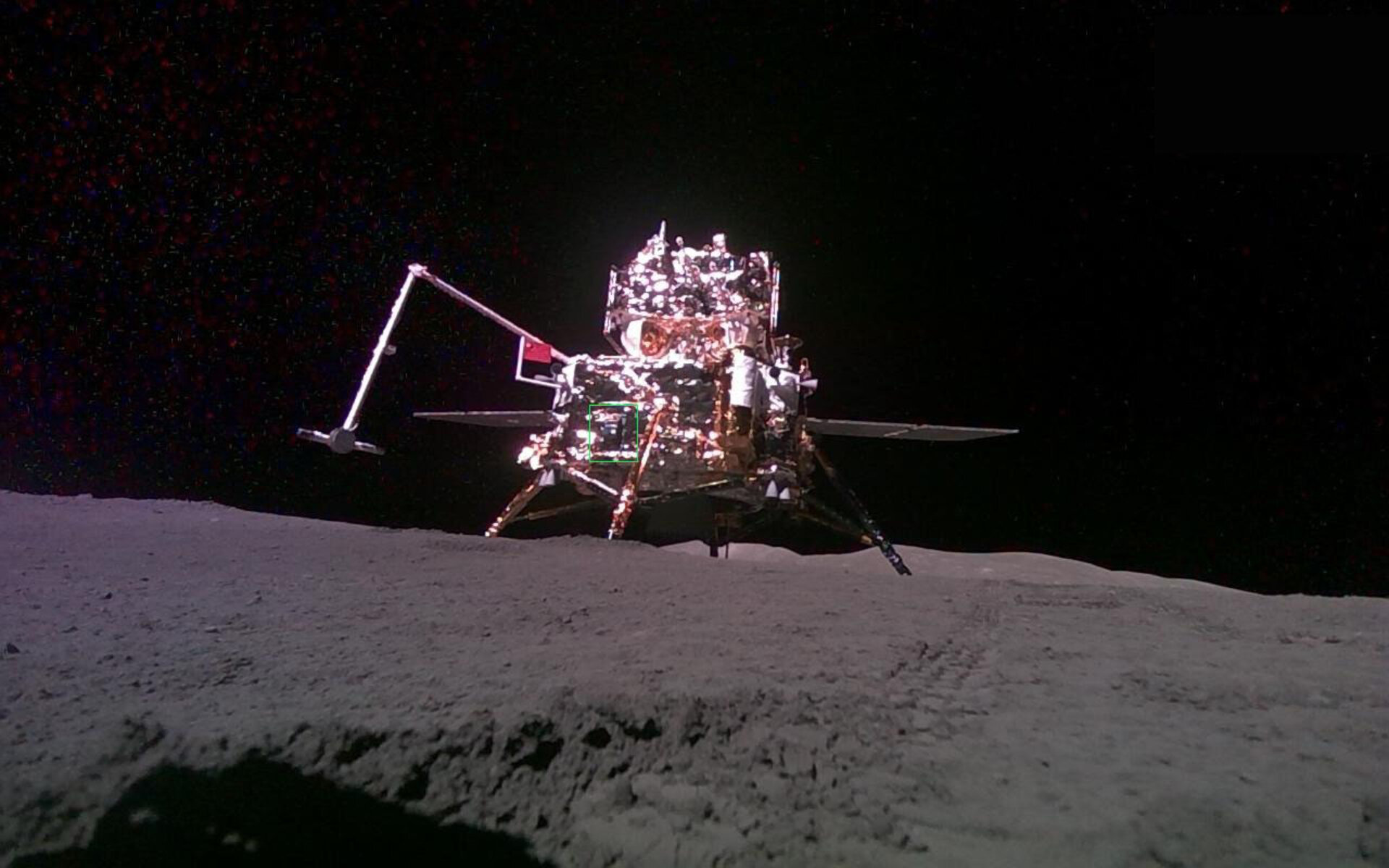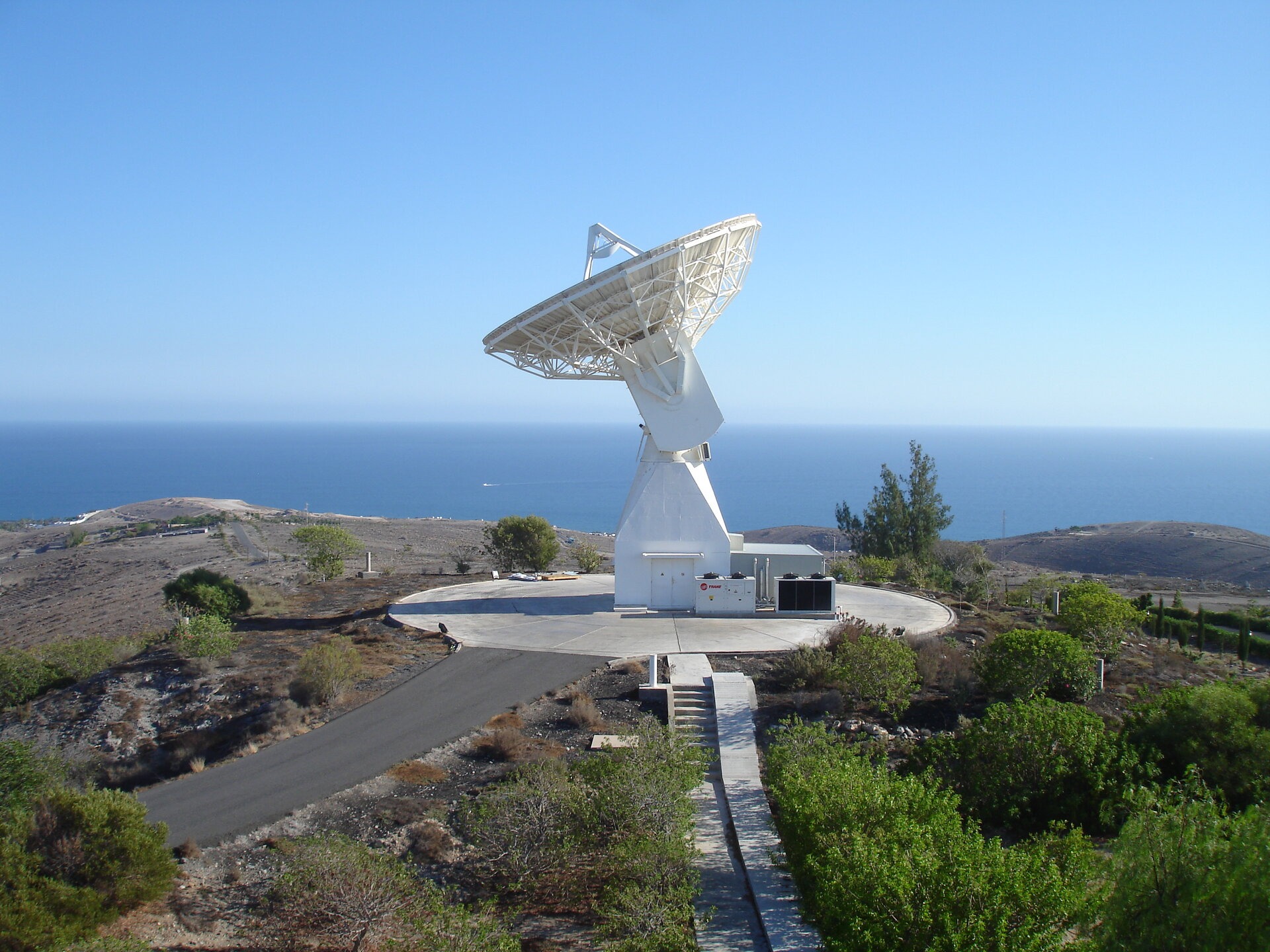China’s Chang’e-6 lunar lander reached the far side of the Moon, successfully sampled the soil and headed for Earth, the mission accomplished in just over 48 hours. This is a historic event, because for the first time samples have been collected from the part of the Moon that is permanently turned toward Earth.

During its short visit, the spacecraft also delivered and left several scientific instruments on the Moon, including the European Space Agency’s (ESA) NILS instrument to measure negative ions on the Moon’s surface. This instrument quickly got to work and detected the negative ions generated by the interaction of the solar wind with the surface of the Moon.
“We have collected an amount and quality of data far beyond our expectations. This was ESA’s first activity on the surface of the Moon, a world-first scientifically, and a first lunar cooperation with China,” said ESA technical officer Neil Melville.

Negative ions are formed when charged particles from the Sun fall on the surface of the Moon, causing them to react and become negatively charged. On Earth, the planet’s magnetic field prevents these particles from reaching the surface. However, the Moon has no such protection, so its surface is sensitive to these charged particles.
The NILS instrument went through several cycles of reboots and shutdowns, adapting to the extreme conditions on the Moon’s surface. Finally, it sent back usable data. These observations could have significant implications for our understanding of what is happening in other parts of the Moon that are also not protected by a magnetic field.

“These observations on the Moon will help us better understand the surface environment and act as a pathfinder to explore negative ion populations in other airless bodies in the Solar System, from planets to asteroids and other moons,” explained NILS principal investigator Martin Wieser.
Thus, the Chang’e-6 mission not only made an important breakthrough in collecting samples of the Moon’s far side, but also contributed to new scientific discoveries through cooperation with ESA.
Earlier we reported on how Chang’e-6 transmitted lunar soil samples in orbit around the Moon.
According to ESA


